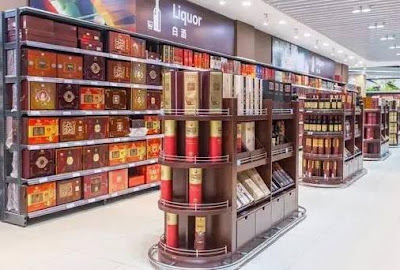"Primary and secondary packaging"
What is primary packaging?
Primary packaging refers to the packaging layer closest to the product and is the last line of protection of the product from the outside world. Examples include: potato chip packaging bags, wine bottles, jars, chocolate bar wrapping paper. Primary packaging has direct contact with the packaged content. Sometimes the primary packaging needs to be completely removed (for example, sandwich packaging) before consumption; While sometimes, it will stay put (for example, wine bottles). But as far as FMCG (fast-moving consumer goods) are concerned, almost all the goods are inseparable from primary packaging.
What is secondary packaging?
Secondary packaging is the one over the primary packaging of the product. It can be a large package of potato chips that contains multiple small bags, a shrink package that packs multiple boxes of beverages, or a cardboard gift box with canned beer.What is tertiary packaging?
A tertiary packaging is the third layer of product packaging, which is rarely seen by end consumers (except in some cheap retail wholesale stores, maybe). It can be a shrink-wrapped pallet that can be used by distribution centers to transport products in bulk from manufacturers to retailers.
Let's take wine packaging as an example:
Wine needs to be packed into bottles (primary packaging) first in winery's bottle-filling lines, a certain number of wine bottles will then be placed in gift boxes or cartons (secondary packaging), the cartons will then be put into pallets, and shrink-wrapped for shipping (tertiary packaging) .







No comments:
Post a Comment